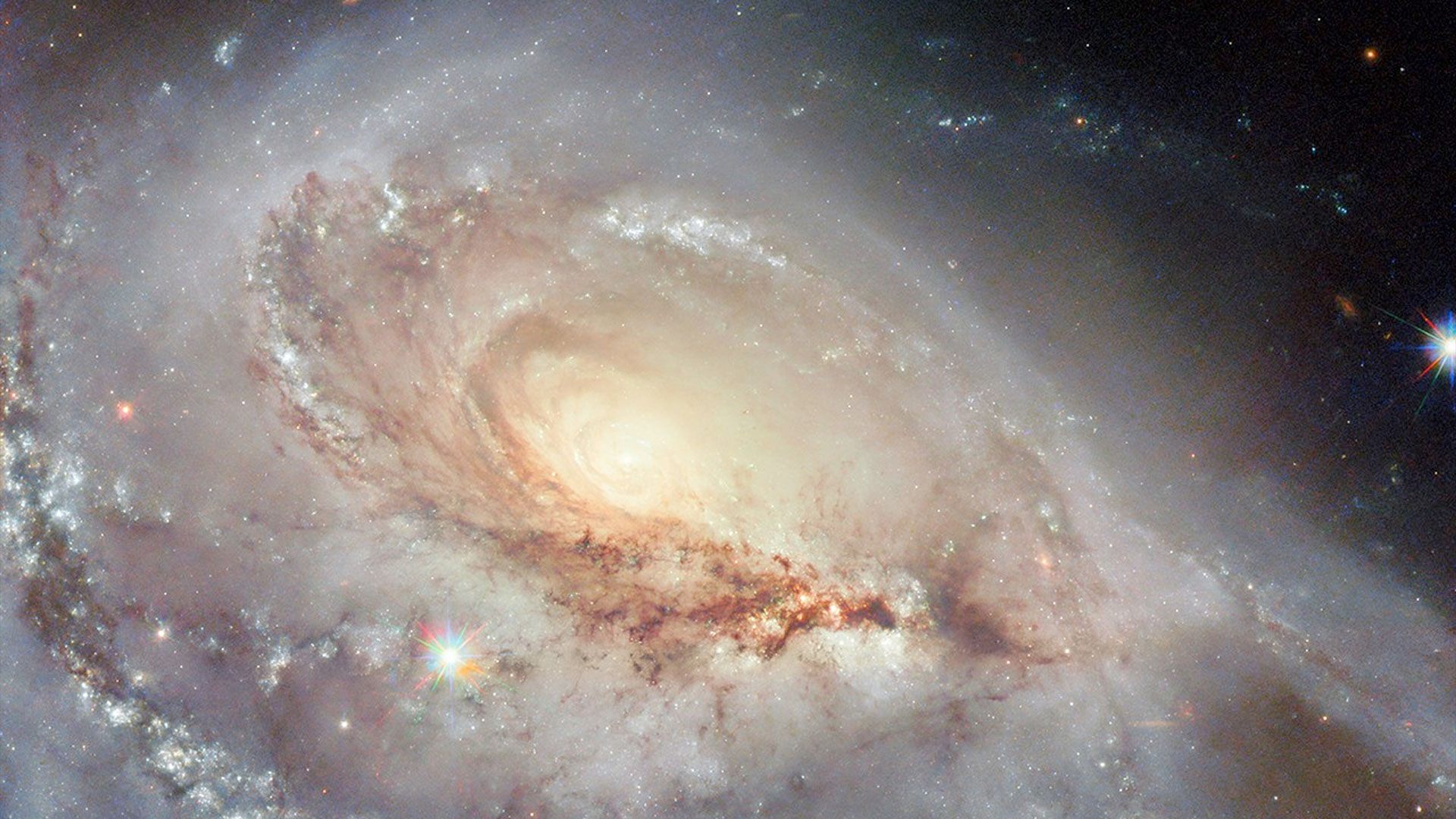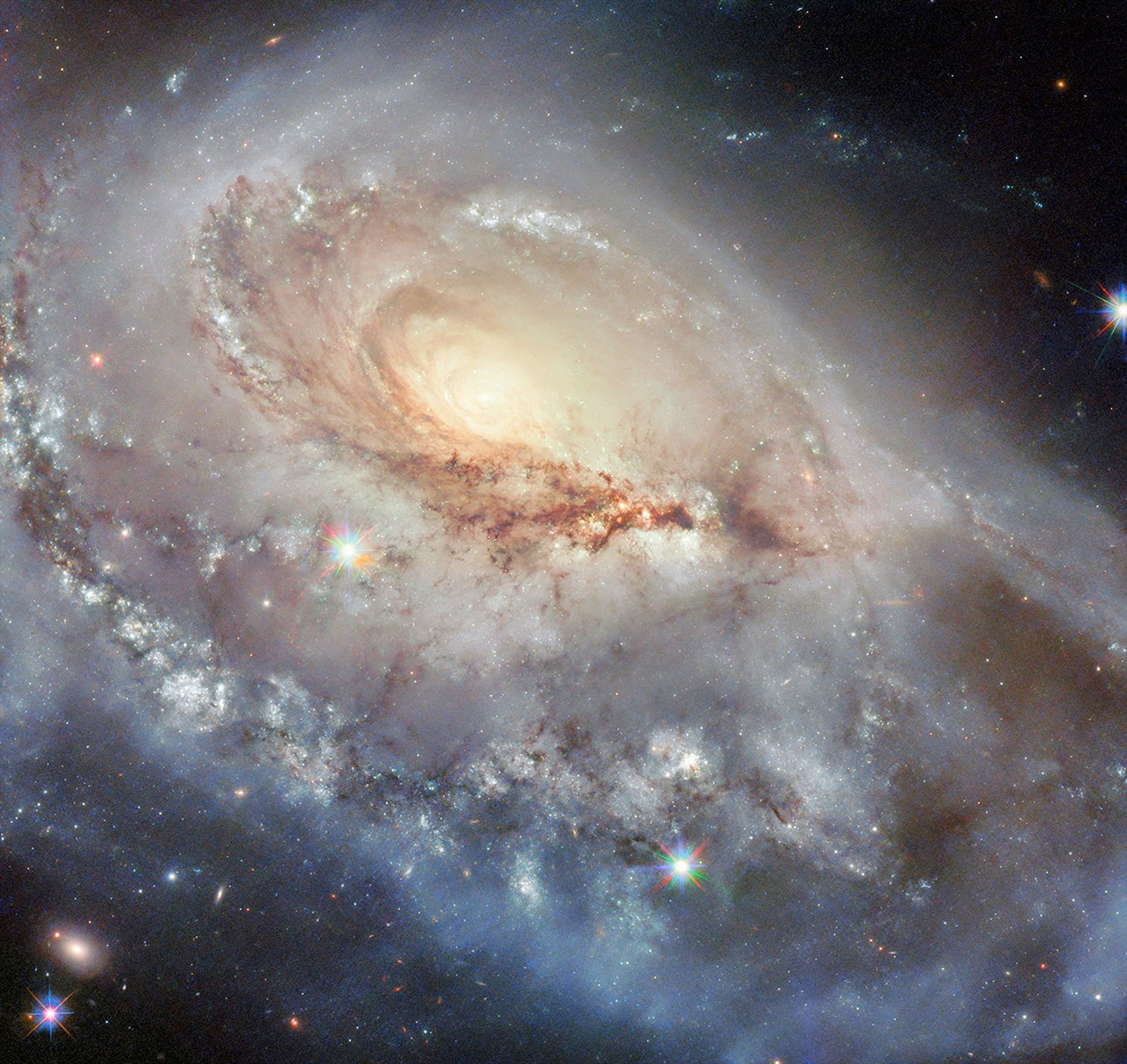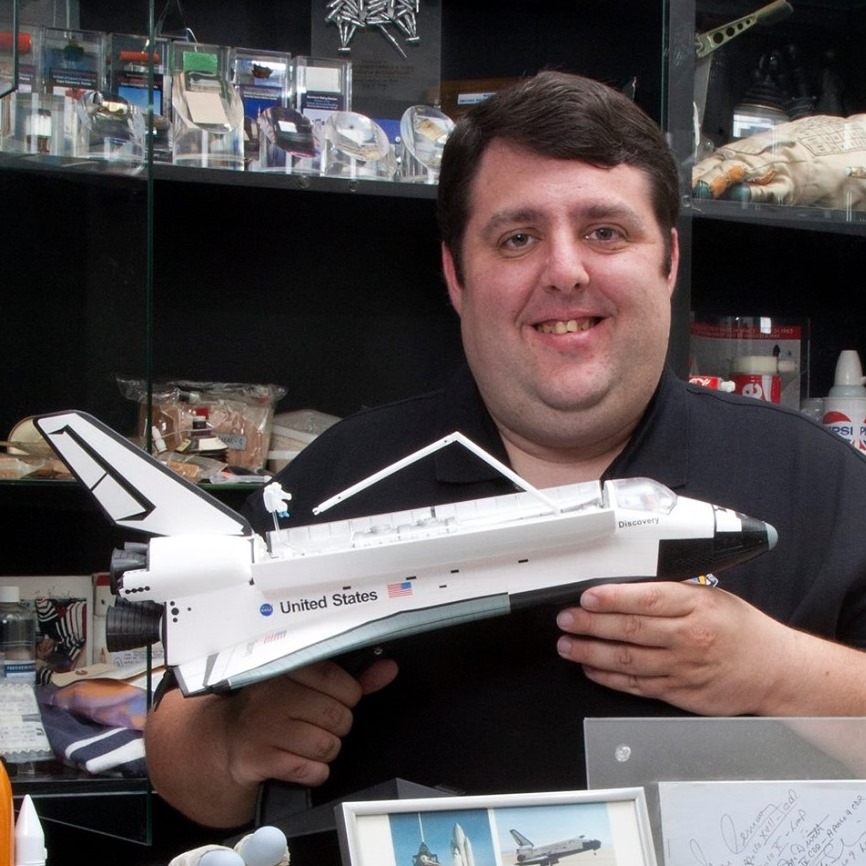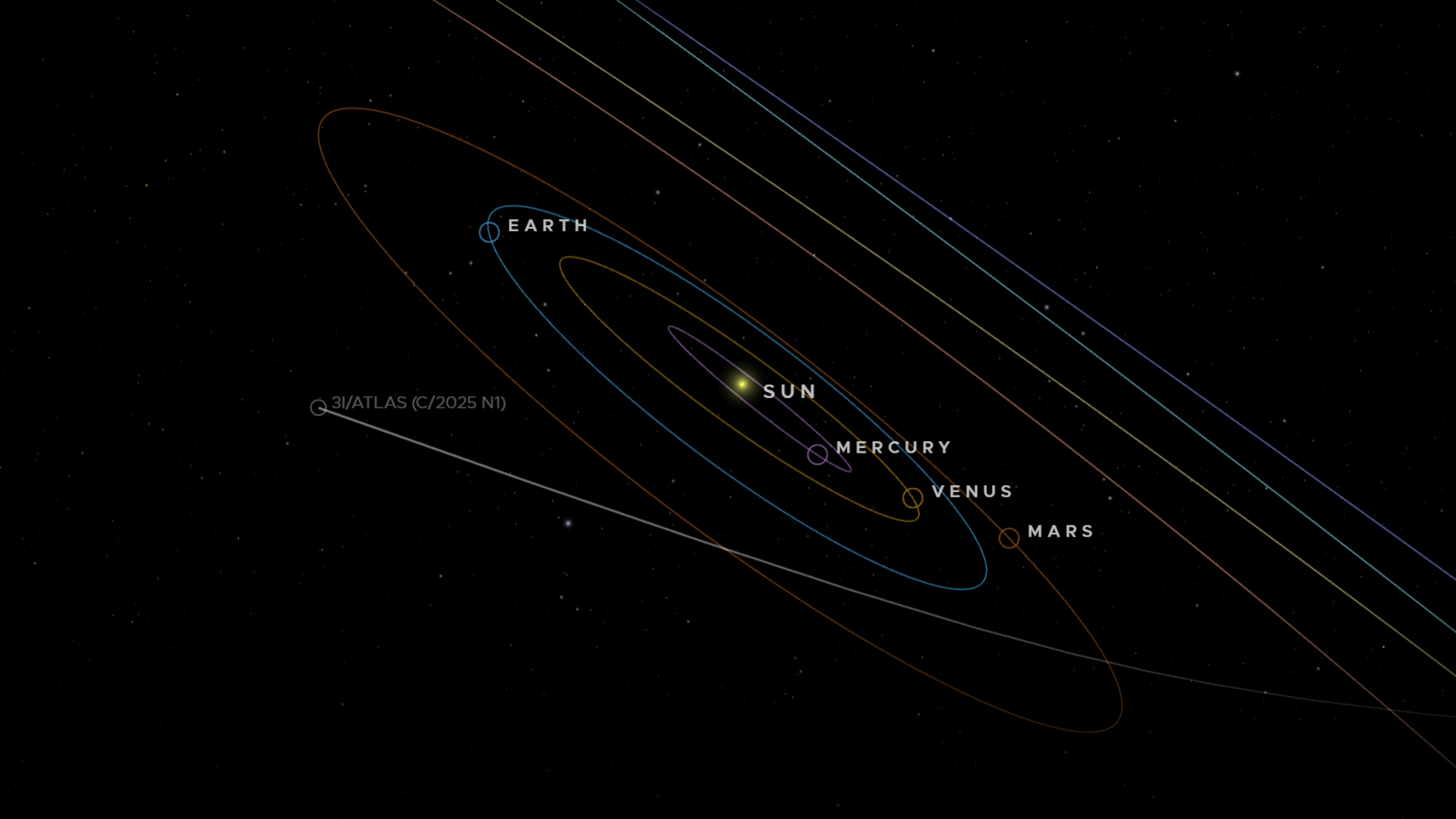Hubble spies a skewed spiral galaxy | Space photo of the day for May 5, 2025
The formation is catalogued in the Atlas of Peculiar Galaxies compiled in 1966.

Arp 184 or NGC 1961, a skewed or "peculiar" spiral galaxy, is still stunning in this image from the Hubble Space Telescope.
What is it?
One of the 338 formations cataloged by astronomer Halton Arp in 1966 in his "Atlas of Peculiar Galaxies," Arp 184 or NGC 1961 is a skewed, but still spectacular looking, spiral galaxy as imaged by NASA/ESA's Hubble Space Telescope.
Arp 184 was included in the catalog due to its single broad, star-speckled spiral arm that appears to stretch toward Earth. The galaxy’s far side (as relative to us) has only a few wisps of gas and stars, rather than a similarly spectacular spiral arm.
Where is it?
Arp 184 sits about 190 million light-years away from Earth in the constellation Camelopardalis (The Giraffe).

Why is it amazing?
This Hubble image is the product of three Snapshot observing programs, which are brief observations slotted into time gaps between the orbiting observatory's longer studies.
One of the three programs surveyed galaxies listed in the Atlas of Peculiar Galaxies, as well as A Catalogue of Southern Peculiar Galaxies and Associations, a similar catalog compiled by Halton Arp and Barry Madore.
The remaining two Snapshot programs looked at the aftermath of fleeting astronomical events like the four known supernovae that Arp 184 has hosted in the past three decades.
Want to know more?
You can see another Hubble image of NGC 1961 and view another peculiar galaxy in the Arp catalog. You can also read how the Hubble Space Telescope's capabilities compare today to newer observatories.
Breaking space news, the latest updates on rocket launches, skywatching events and more!

Robert Pearlman is a space historian, journalist and the founder and editor of collectSPACE.com, a daily news publication and community devoted to space history with a particular focus on how and where space exploration intersects with pop culture. Pearlman is also a contributing writer for Space.com and co-author of "Space Stations: The Art, Science, and Reality of Working in Space” published by Smithsonian Books in 2018.
In 2009, he was inducted into the U.S. Space Camp Hall of Fame in Huntsville, Alabama. In 2021, he was honored by the American Astronautical Society with the Ordway Award for Sustained Excellence in Spaceflight History. In 2023, the National Space Club Florida Committee recognized Pearlman with the Kolcum News and Communications Award for excellence in telling the space story along the Space Coast and throughout the world.
You must confirm your public display name before commenting
Please logout and then login again, you will then be prompted to enter your display name.
